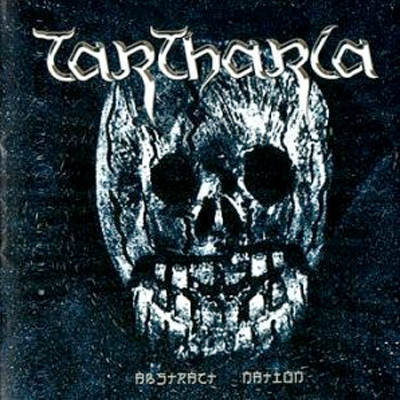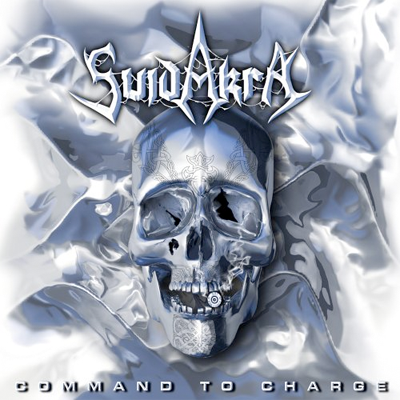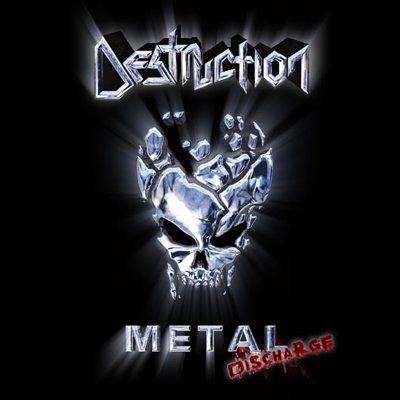
TARTHARIA, Abstract Nation (2004, Crash)
The skull:
This looks like maybe some kind of ancient brooch or decorative bit of metalwork, but after it’s been placed in a grave and crushed by a few thousand years of dirt. The photo the band found of this artifact also looks fairly old, as if someone in the band ripped it out of a history book in high school and had it folded up in his back pocket for a couple years, just waiting for the moment he could use it for his important debut album.
The music:
I dunno, there’s something about that logo that just screams, “Inoffensive death/black metal with some melodic vocals and bad groove parts.” It could also easily signal that the band is “pagan” somehow, with all the pipes and accordions that implies, but thankfully that seems not to be the case. Tartharia are the sort of band that might say, “Our influences are Pantera and Dimmu Borgir” and expect you to nod in agreement and say, “Sounds brutal.” They’re not an awful band, just dull. Also, they’re Russian. That alone is usually sufficient reason to steer clear, unless you have really good intel to the contrary. This album can be had for literally pennies on Amazon, though, so if you’re in the mood for a bargain, well, I guess you could do worse.
— Friar Johnsen

